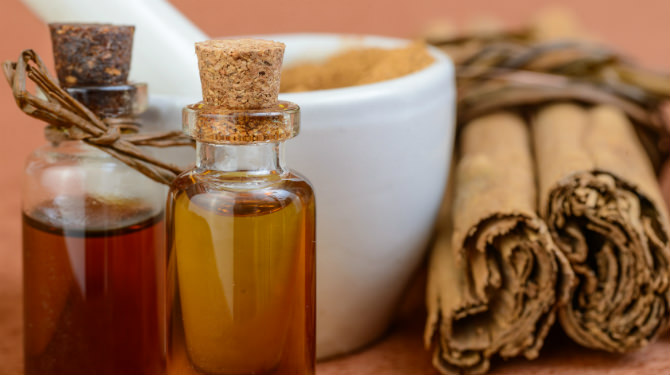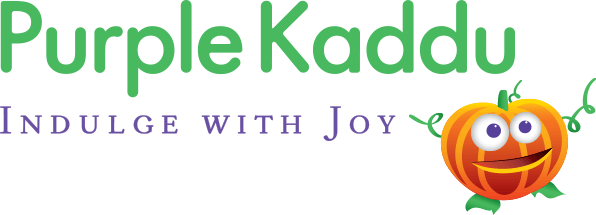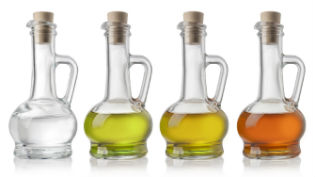
Fragrance of life – Cinnamon with healthy and healing benefits

‘Life is beautiful’ is a famous saying. It is filled with the warmth of relations, sweet memories and some really tough times. Yet it is said to be beautiful. The aroma and flavour of an age old spice named cinnamon is very similar to life. Cinnamon, commonly called Dalchini has a delicate woody aroma with a sweet and pungent flavor. It provides warmth and is thus rightly called the ‘Fragrance of life’.
Cinnamon is a spice obtained from the inner bark of several trees from the genus Cinnamomum. The two most common varieties of cinnamon available are – Chinese (cassia) and Ceylon-Sri Lanka (true cinnamon). Now what’s the difference between the two? Not much. When we see a product with a tag ‘Made in China’, we immediately form a pre-conceived notion about its quality and durability. The same is with the Chinese variety of cinnamon. It contains toxins called coumarins (which are harmful if consumed in large amounts). So, how do I distinguish true cinnamon from the Chinese variety? Cinnamon barks are dried and then rolled to form quills. Have a look downward towards the end of the stick. A thick single layered bark represents cassia while thin multiple layers mean it’s the Ceylon. They can be further grounded into a powder. Cassia cinnamon has a darker brown colour than the Ceylon. Cassia has a stronger taste; Ceylon is sweeter and expensive too.
So, you are successful in gifting yourself a rich aromatic spice. What next? How do you use it? Why not try cinnamon flavoured tea or coffee or soymilk shake, or experiment with a toast that is sprinkled with some flaxseeds along with cinnamon and honey, or cook beans and rice with cinnamon to give it a new flavor. ‘Spices add variety to your dishes’.
Is it really necessary for me to consume cinnamon? Research has proved the many health benefits of cinnamon. We need to thank the active components-cinnamic acid, cinnamaldehyde and cinnamon alcohol for the beneficial properties. Most promising is the role of cinnamon in regulating blood sugar levels. It does so by imitating the action of insulin. But, here’s the catch. It’s the cassia variety which has proved to be more potential than the Ceylon. If you recollect, cassia has toxins. So, go slow with the dosage. Approx. 1/2 tea spoon/day should be sufficient. (always consult your family healthcare professional before using food dose as medicine).Again, having a cinnamon flavoured bun or a cinnamon pie will do no good. You need to follow a healthy lifestyle pattern too. Now, let me share a cheat trick with you – Consume 1 tsp of cinnamon a day before your blood sugar test, and see the positive results for yourself!
What else can cinnamon do? Cinnamaldehyde - the chemical found in cinnamon helps fight against bacterial and fungal infections. It inhibits release of inflammation-causing molecules and also saves you from unwanted clotting of blood platelets. Cinnamon is also known to lower blood lipid levels thanks to the fiber content, thus protecting against heart diseases. Cinnamon also helps to metabolize fats in the digestive process by increasing enzymatic activity.
Smelling cinnamon boosts brain function and enhances cognitive processing. By virtue of its role in blood purification, cinnamon is also used as a home-remedy for blackheads and pimples.
Nutritional composition
According to US department of Agriculture, 10gms of cinnamon (approx. 21/2 tsp) provides 25 calories, 8 g of carbohydrates and negligible amounts of protein and fat.
Cinnamon should be stored in an airtight jar, in a cool dark cupboard or in the freezer for prolonged storage. Ideally, you would want to grind our own spice each time you need it to keep it fresh.
Cinnamon Folklore
What if I asked you to trade your precious gold against the royal spice cinnamon? Please don’t get infuriated. But, to add to your amaze, that’s exactly what happened years ago. A Roman philosopher wrote that 350grams of cinnamon was equal to 5 kgs of silver. The Arabs brought cinnamon from Asia to Egypt and faked stories to hide the source of the cinnamon to justify its scarcity and cost. The Egyptians then used cinnamon for mummification. These are some really fascinating facts, which I doubt were taught in school History textbooks.
What is the basic human need for survival? ‘Roti Kapda aur Makaan’ which indirectly relates to money and prosperity. Well, it seems cinnamon can help you in getting these too. In the olden days, shop-keepers sprinkled cinnamon and sugar on the door-step to draw trade. Folks who played games would add cinnamon powder to their money sachets to increase their power.
Cinnamon also acts as the watch-spice or guard of your homes. Tie nine cinnamon sticks together and hang the bundle above your door or window to protect your home from unwanted people and energies.
Want to spice-up your love life? Cinnamon is here to help you. Simply place a stick of cinnamon under your lover’s pillow and see what happens. The Egyptian queen Cleopatra was famous for her use of seductive cinnamon oils and scents.
In our blog on turmeric, we learnt that turmeric is a spice obtained from dried root. Cinnamon is obtained from dried bark; both are derived from tree parts. Nature is indeed beautiful; it gifts us with priceless things. We depend on plants for our healthy survival. Let’s save them, let them breathe too.











